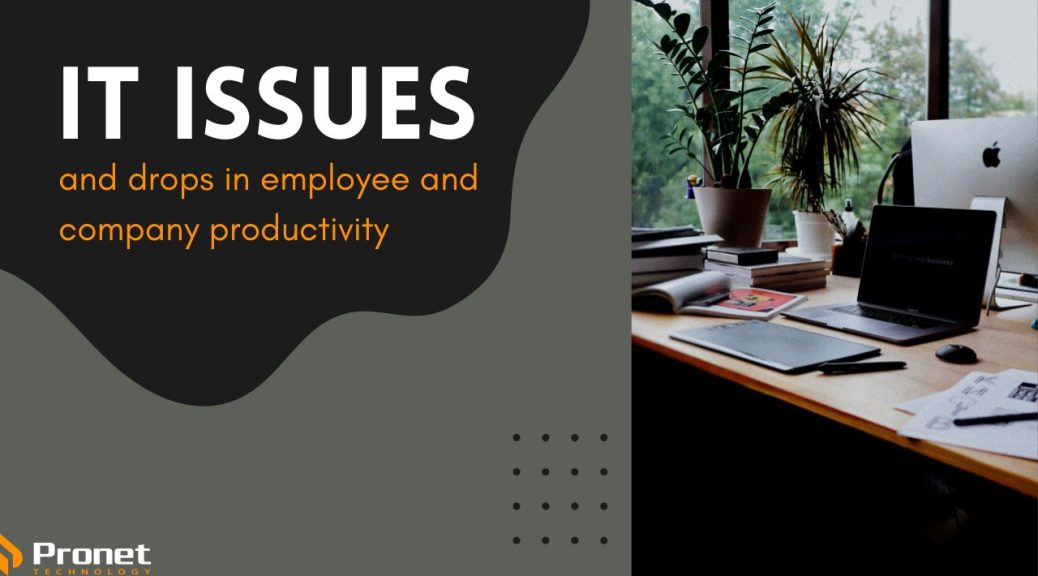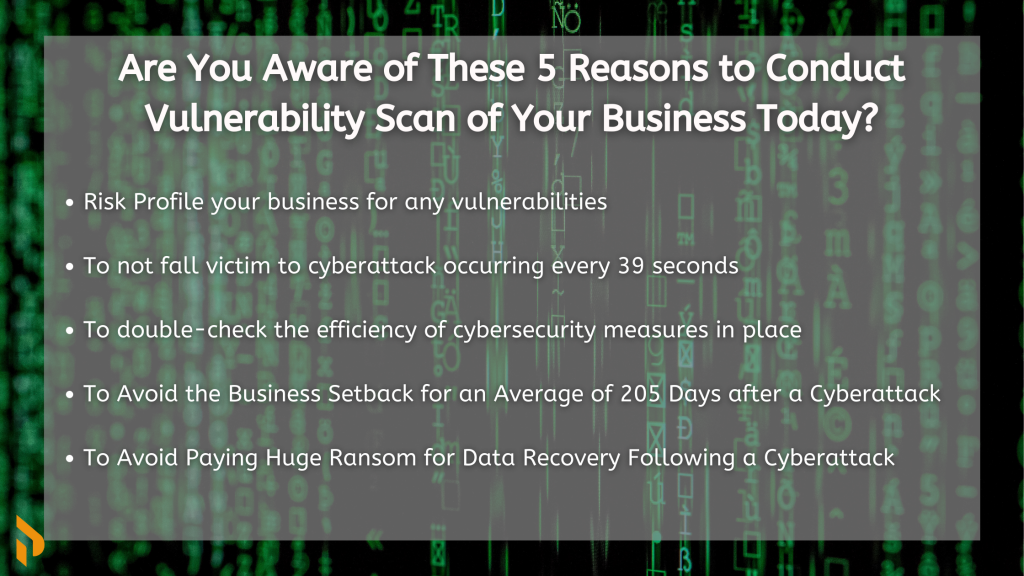Can IT issues cause a drop in my employees’ and my company’s productivity?

Information technology (IT) is an essential part of any modern business, and IT issues can cause significant problems that can affect employee and company productivity.
Employee productivity generally means either doing more work in less time or taking fewer hours to complete tasks. Increased employee engagement also improves morale which eventually reduces employee burnout.
Low productivity also results in poor performance by employees, affecting the quality of work and deliverables and, ultimately, your company’s profitability will decrease. It’s important to snub the low productivity issue at the core, which, oftentimes, comes from IT-related issues.
What are some IT-related issues in the workplace?
- Software malfunctions
- Freezing computers
- Scanner or printer issues
- Old computer systems
- Annoying pop-ups
- Internet connectivity issues
- Viruses and malware
- Learning to navigate new updates
How IT issues can cause a drop in productivity
- Downtime: IT issues can lead to downtime, which is the period when IT systems are not functioning correctly. Downtime can be caused by hardware failures, software crashes or network connectivity issues. Downtime can lead to a loss of productivity as employees are unable to perform their work, leading to delays in projects and missed deadlines. Network issues can also cause employees to miss online calendar alerts for meetings, events, calls and time-crucial emails, impacting sales, customer relationships and company reputation.
- Slow systems: Slow systems can be caused by a lack of memory, outdated software or hardware issues which can lead to a decrease in productivity as employees are unable to complete their work as quickly as they would like. Slow systems can also lead to frustration, leading to a decrease in employee morale.
- Data loss: IT issues can lead to data loss, which is the accidental or intentional loss of data. Data loss can be caused by hardware failures, software crashes or human error and can lead to a significant loss of productivity as employees are unable to access the necessary data to complete their work. Data loss can also lead to a loss of trust from customers and stakeholders, which can have long-lasting effects on the company’s reputation.
- Cyber Security breaches: Cyber Security breaches can be caused by a lack of security measures, outdated software or human error. Cyber Security breaches can lead to a loss of productivity as employees are unable to access the necessary systems or data, as well as a loss of trust from customers and stakeholders, leading to a significant impact on the company’s reputation.
- Support tickets: IT issues can lead to an increase in support tickets, which are requests for IT support from employees. An increase in support tickets can lead to a decrease in productivity as employees are unable to complete their work while waiting for IT support. An increase in support tickets can also lead to frustration, leading to a decrease in employee morale. Not only that, waiting for issues to be fixed can prevent employees from supporting your customers, resulting in company productivity.

How can managed IT services boost productivity?
Increased Uptime: Ensure your IT systems are up and running when you need them as MSPs use a proactive approach to fixing issues by constantly monitoring and fixing issues remotely.
Reduced need for IT support: Less need for in-house IT support as the MSP takes control and responsibility for the management of your systems to prevent issues from arising. When problems do occur, the majority of the time they are resolved quickly and efficiently.
Improved Employee Satisfaction: When employees don’t need to worry about whether or not their systems are working, they become more satisfied with their jobs and will be able to perform at their best.
More time for strategic tasks: By outsourcing your company’s IT systems, there is no need for employees to spend time on troubleshooting, that is, figuring out what is wrong and trying different solutions, or handling system updates. Employees can instead, focus on their jobs.
Better use of technology: MSPs can help your business get the most out of its technology as they’re able to teach you how to fully use your existing systems as well as keep your systems up-to-date with new updates that can help employees. As software continuously becomes more complex, underutilising features can mean missed opportunities for your business.
Reduced IT costs: Your business will no longer need to invest in expensive hardware and software updates and it will be easier to predict and manage your IT budget. This way, you can utilise your spending on other areas of business that will help your employees.
Increased competitiveness: Using an MSP ensures your business’ IT systems are on the same level as others. This software and hardware are usually included in your MSP’s cost. Something as simple as upgraded hard drives can make computers run faster and improve employee productivity.

It might be helpful to ask your IT service provider for some tips on preventive measures for common IT problems which you can then share around your workplace to avoid unnecessary delays in the future as employees can fix issues themselves. This will also prevent many support tickets from being submitted. Most of us are more tech-savvy than we were a few years ago, so it’s a great idea to utilise your staff for smaller IT issues, even if it’s for something as minor as changing a printer ink cartridge.
Continuous training and performance support are crucial for staff, either about how to fix issues or about learning to navigate modern software applications. As reported in a 2019 study by Deloitte, comprehensive training leads to a 218 per cent higher revenue per employee, so don’t skimp on your investments in technological solutions that allow for staff training. Each time a staff member is hired, give them a lesson on the programs they will be using as well as a checklist of IT issues that your team has learned how to fix over the years. That way, they don’t have to then ask another employee and interrupt their momentum when a minor issue arises. Low productivity of one employee often has a domino effect on the entire team.
IT issues can cause significant problems that can affect employee and company productivity. These issues can lead to downtime, slow systems, data loss, Cyber Security breaches and an increase in support tickets. Companies should take steps to prevent IT issues by investing in modern IT infrastructure, regularly updating software and hardware, implementing Cyber Security measures and providing IT support to employees. By taking these steps, companies can ensure that their employees can work effectively, leading to increased productivity and success for the company.











